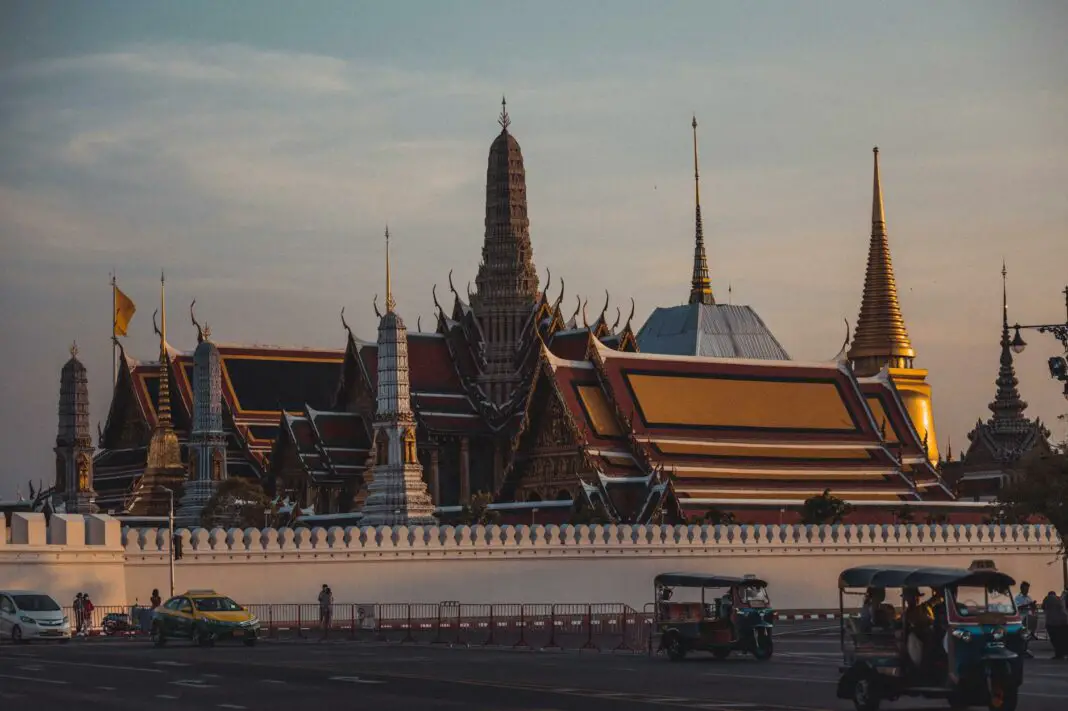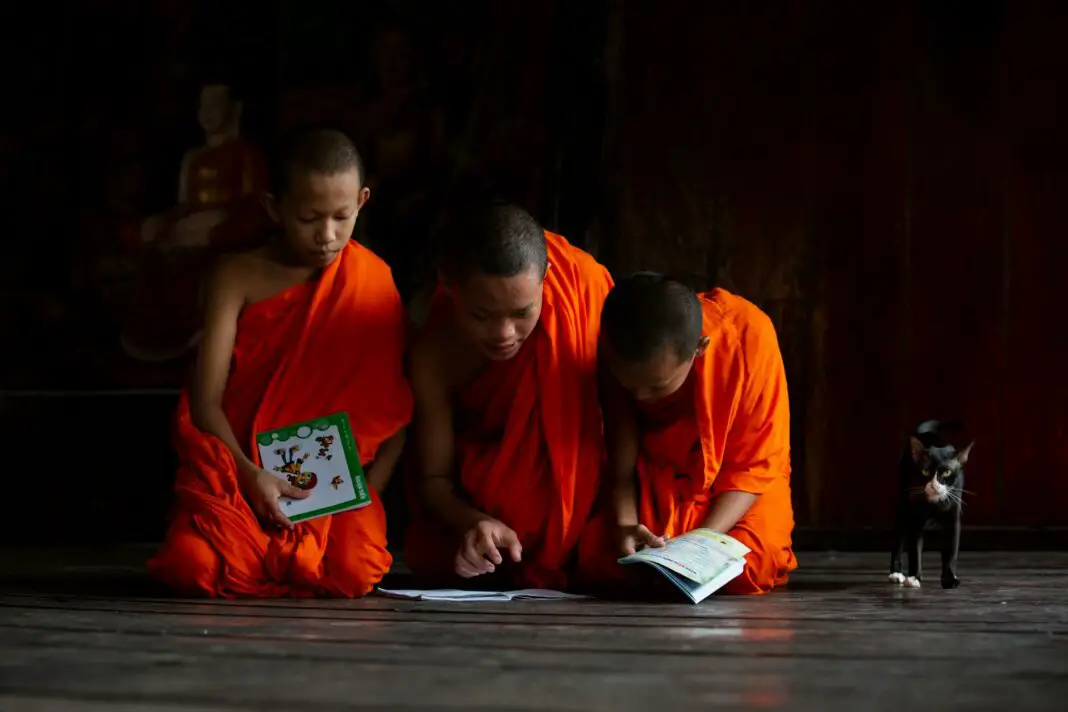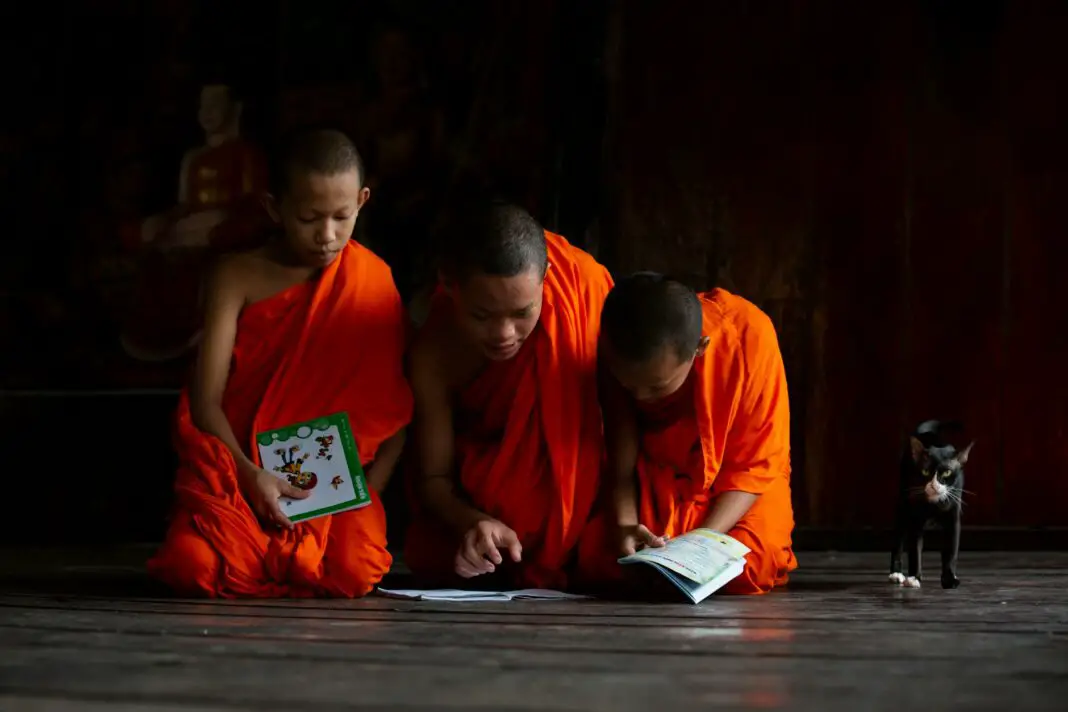Embarking on a trip to Thailand offers not just breathtaking landscapes and rich cultural experiences, but also a fascinating insight into the monastic lifestyle of Thai Buddhism. A question that intrigues many travelers is whether monks in Thailand really sustain themselves solely on alms. This blog post will delve into the everyday lives of these monks, exploring their daily routines, how they engage with local communities, and the significance of almsgiving in Thai culture. Get ready to discover the harmonious relationship between spirituality and tradition that defines this beautiful Southeast Asian country.
Thailand captivates travelers with its diverse offerings, and understanding the role of monks in this society adds depth to your visit. Monks in Thailand embody a lifestyle rooted in simplicity, humility, and a commitment to spiritual practice. Their dependence on alms challenges conventional perceptions about sustenance and self-sufficiency, making it a significant topic worth exploring. Join us as we unpack these layers and discover the vibrant world of Thai monks.
Table of Contents
- The Monastic Life in Thailand
- Daily Rituals of Monks
- The Role of Alms in the Monastic Community
- Cultural Significance of Almsgiving
- Actionable Insights and Tips for Travelers
- Your Questions Answered
- Final Thoughts on Thailand’s Monks
The Monastic Life in Thailand
Life as a monk in Thailand is characterized by a strict adherence to the teachings of the Buddha. Monks typically reside in temples and dedicate their existence to spiritual development and community support. They embrace a lifestyle that shuns material possessions and encourages mindfulness. Monks are often seen as spiritual leaders and philosophers, guiding local communities in ethical living and meditation practices. Emphasizing simplicity, they revel in the tranquility of their surroundings, which allows for deeper contemplation and connection with the divine.
The communal aspect of monastic life fosters a strong bond among the monks, creating an environment where mutual respect and cooperation thrive. In Thailand, many families encourage their sons to become monks, even if just temporarily, as an act of devotion and family tradition. This practice reinforces the cultural fabric of Thai society, where monastic existence is revered. By understanding this, travelers can appreciate how deeply integrated the monastic life is in the broader context of Thai culture and identity.
Daily Rituals of Monks
A typical day for a monk in Thailand begins at dawn with the sacred ritual of almsgiving. As the sun rises, monks don their saffron robes and venture into the community with their alms bowls. This daily procession not only nourishes them physically but also serves as a reminder of their spiritual obligations. Communities actively participate in this ritual, offering rice and other food items to the monks, demonstrating generosity and a shared commitment to Buddhist values.
<pThroughout the day, monks engage in various activities, including chanting, meditation, and studying the scriptures. They teach the Dharma to laypeople and participate in community events, reemphasizing their role as spiritual leaders. Evenings are often reserved for meditation and reflection, allowing them to connect further with their inner selves. Such a detailed structure imbues their lives with purpose, and for travelers witnessing these rituals, it offers a moving experience that transcends mere tourism. The deep-rooted traditions reveal the essence of Thai spirituality and the communal bonds crafted through these rituals.
The Role of Alms in the Monastic Community
Alms play a fundamental role in the survival of monks in Thailand. Typically, a monk’s day revolves around receiving these offerings from the community. Each morning, as they walk barefoot through the streets, the act of receiving alms transforms into a powerful exchange of kindness and compassion. The contributions from the community ensure that monks have sustenance while reinforcing the reciprocal nature of the relationship between monks and laypeople.
<pThis practice highlights the Thai belief in interconnectedness and generosity. Laypeople do not merely feed monks; they also engage in a spiritual practice that enhances their own merit. In essence, almsgiving serves as a potent reminder of the importance of community and belonging. It becomes evident that this reciprocal relationship nurtures not only the physical well-being of monks but also fosters spiritual development in the laity, moving beyond transactional interactions to a deeper, more meaningful connection.
Cultural Significance of Almsgiving
Almsgiving in Thailand is entrenched in cultural significance, extending far beyond sustenance for monks. From a young age, Thai children are taught the value of generosity and charity through this practice. Engagement in almsgiving fosters a sense of compassion and ethical responsibility within individuals, linking them to the traditions and values of their ancestors. Such acts of kindness not only contribute to individual merit but also strengthen social bonds within communities, weaving a tapestry of support that benefits everyone.
<pThe role of almsgiving is further highlighted during Buddhist festivals and significant religious occasions, where communities come together to celebrate and demonstrate their devotion. These events are marked by a spirit of inclusivity, as everyone, regardless of social status, participates in the rituals. Travelers participating in these celebrations might find it life-changing, as they gain insight into the profound interconnectedness of humanity. The echo of this spiritual practice reverberates through Thailand, making it a central pillar of its cultural identity and a source of pride for its people.
Actionable Insights and Tips for Travelers
<pFor those planning a trip to Thailand, engaging with the local culture can lead to immersive experiences that go beyond typical sightseeing. Participating in almsgiving is an excellent opportunity to connect with the community and gain insight into the lives of monks. When observing their routines, approach the experience with respect and curiosity. Dress modestly, ask for guidance, and embrace the lessons that arise from these interactions. Consider visiting temples that allow tourists to observe or participate respectfully in their daily rituals.
<pAdditionally, learning a few Thai phrases can enhance your interactions with locals, creating a more enriching experience. Many travelers find that engaging in conversations with monks provides profound insights into their beliefs and practices. Take the time to comprehend the significance of the rituals and contemplate the elements of mindfulness and compassion that characterize the monastic lifestyle. Ultimately, understanding these practices can deepen your connection to Thailand, instilling a sense of appreciation for its rich spiritual heritage.
Your Questions Answered
As curiosity grows surrounding the lives of monks in Thailand, so do the questions that travelers wish to ask. One common question involves the duration monks can sustain themselves on alms. While it varies, many monks find that the offerings they receive are sufficient to meet their needs. Another query revolves around the types of food received during almsgiving. Monks often receive staple foods like rice, fruits, and occasionally, prepared meals, depending on community resources.
<pSome travelers might wonder whether they can donate food to monks. Most temples encourage almsgiving by locals, and it is perfectly acceptable for visitors to participate, but it is essential to follow local customs and always approach the process with reverence. The questions surrounding the monastic life are endless, but each inquiry opens doors to understanding a tradition that has flourished for centuries.
Discover the Intriguing Lives of Thai Monks
Exploring the lives of monks in Thailand reveals a captivating facet of Thai culture that is both inspiring and thought-provoking. Their reliance on alms challenges contemporary notions of self-sufficiency, emphasizing an interconnectedness that resonates deeply within communities. Engaging with this practice offers travelers profound insights into human connection, generosity, and mindfulness. A trip to Thailand would be incomplete without embracing this essential aspect of its culture.
<pSo, as you plan your adventure, consider opening yourself to the wisdom and simplicity embodied by the monks. Experiencing their daily lives will not only enrich your journey but also challenge your perspectives on life itself. This compelling narrative serves as a reminder of the beautiful intricacies that form the fabric of Thailand, inviting all who visit to leave with more than just memories but also a renewed understanding of compassion and community.
Frequently Asked Questions
- Do monks have a specific diet based on their almsgiving? Yes, monks typically follow a vegetarian diet, but this can vary based on the offerings received, which usually include rice, fruits, and other simple foods.
- Is it okay to take pictures of monks? While it is permissible to take photos in some situations, it is essential to be respectful. Always ask for permission, especially during rituals.
- What should I wear when visiting temples? Visitors should dress modestly, covering shoulders and knees to honor the sacred space and local customs.
- Can tourists participate in almsgiving? Many monks and temples welcome tourists to partake in almsgiving, but it is crucial to approach this practice respectfully, following local customs.
Image Credit: Pexels





